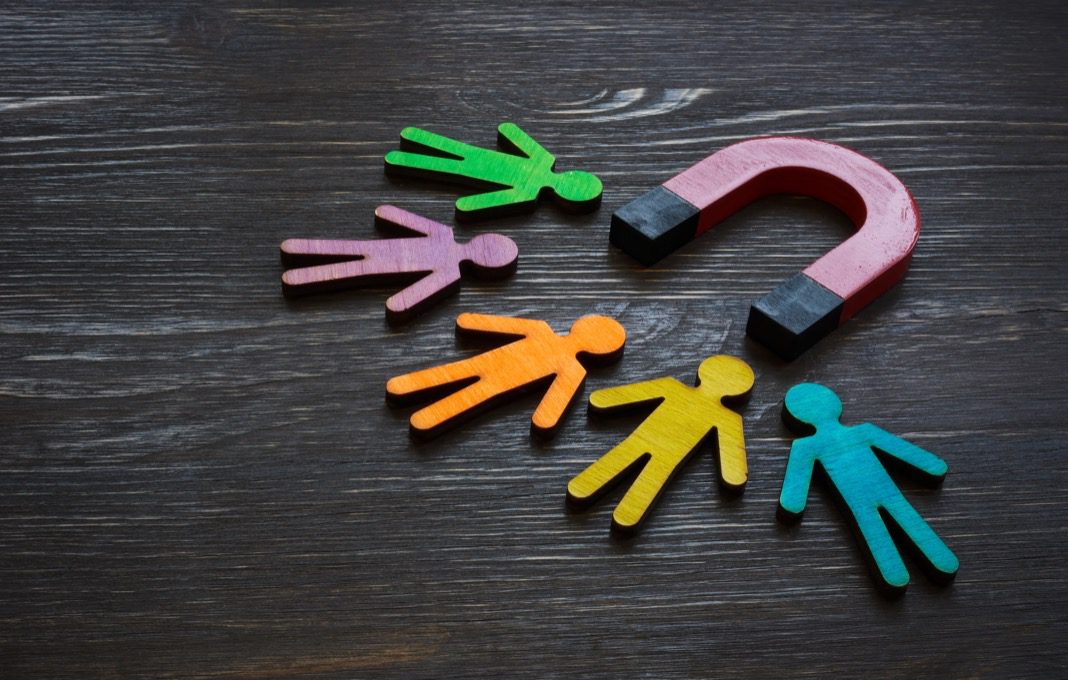The Mythology And Reality Of Workplace Loyalty


The mythology around workplace loyalty is vast, reflecting – as does all mythology – fear, drama, and a need to explain that which is difficult to explain. Three prevalent myths are that: (1) loyalty in the workplace is one-dimensional; (2) loyalty in the workplace is a weakness, especially for leaders; and (3) employees are not as loyal as they used to be. By fully understanding and exposing these myths, organizational leaders can reveal, and harness, the full power of workplace loyalty.
Philosophers have been debating the concept of loyalty for centuries. Plato, Socrates, Dante, Shakespeare, and countless others have offered thinking about loyalty, acknowledging that it frequently appears not simply as a bond from one person to another but as a complex web of competing loyalties among many people.
Some have argued that loyalty is a virtue and that it comprises a devotion not to other people but to a cause. Others have argued that notions of loyalty to a cause and not to other people has been the source of great strife and that loyalty should be seen as interpersonal, whether it is owed to another individual or a group of individuals. Still others argue that loyalty can be a devotion to other people, to a cause, or to anything else that inspires devotion, including ideas, religions or political ideals.
While philosophers continue to debate the matter, in the workplace, loyalty is most often extended from: (a) individuals; groups of individuals; or the company itself to (b) other individuals; groups; the company; the company’s mission, vision, and values (MVV); or the company’s other stakeholders, such as its customers or shareholders. To understand this multi-dimensional network of workplace loyalties, consider the way that gravity operates in our universe. All things with mass are attracted to each other by gravity, which, in turn, governs much of the way that our universe functions. Newton generally described the strength of gravity as being related to two main variables: the mass of the objects in question and the distance between them.
Workplace loyalty can be seen in a similar way. It can be extended from one person to another; but to look at it one- or even two-dimensionally is overly simplistic. Just as every object in the universe attracts every other object, so it is with people within the workplace. At any given time, people will feel loyalty to all or most others in the organization to varying degrees – depending not on mass but on human perceptions of importance, and not on physical distance but on emotional distance, as measured by empathy, common interests, shared values and purpose, and friendship. They will also feel loyalty to the company itself, to its MVV, and to its other stakeholders. These loyalties will sometimes conflict, and sometimes they will not. Some will be strong, and some will be weak. All will vary over time as motion changes the conditions.
Of course, theories around human nature are less scientific than those around gravity, but the overall idea of infinite connections among people, entities and concepts must be acknowledged. In practice, then, when we talk about loyalty to or from someone at work, we should do so relatively. We should acknowledge that Person A may be loyal to Person B, but that person A will also be more or less loyal at the same time to other individuals, groups, the company, its MVV, and its other stakeholders. In effect, just about everyone in any organization is on the giving and receiving end of loyalty to and from just about everyone else in, or involved with, the company. The strength of that loyalty, however, will differ in each instance and will vary over time.
With a basic understanding of how loyalty works in an organization, questions of whether loyalty in the workplace is a weakness, especially for leaders, become more nuanced. A more fruitful inquiry is how a leader can effectively balance and harness the strength and direction of their multiple loyalties as conditions change over time. Sure, a leader can become too loyal to one employee with potentially detrimental consequences to other employees, the company, its MVV, and its other stakeholders. Ultimately, however, other individuals or groups are likely to become uncomfortable with that relationship; or the company, MVV, or other stakeholders may be harmed by that loyalty. In turn, the leader must be able to see the signs and recalibrate their loyalties among all the potential recipients.
In this sense, seeing loyalty as a weakness is the equivalent of seeing the human condition as a weakness. Absolute statements like “loyalty for a leader is a bad thing” are questionable. Indeed, philosopher Josiah Royce named loyalty supreme among virtues: “the heart of all the virtues, the central duty amongst all the duties.” We all feel loyalty all the time. The important question is how we balance our loyalties.
Finally, we must consider the growing anecdotes about, and claims of, declining employee loyalty. Generational shifts, intergenerational clashes, the pandemic, remote work, inequitable pay structures, inadequate career paths, misalignment of values, and failures of engagement are just a few of the many causes cited for this apparent trend.
Without suggesting that the above causes are unimportant, we can return to our framework for another perspective. Employees are drawn to other people, groups of people, their company, their company’s MVV, and other stakeholders depending on perceptions, empathy, common interests, shared values and purpose, and friendship. At organizations in which those factors are strong, and in which other factors such as pay structures and career paths are adequate, employees are likely to be as loyal as they have been in decades past. Organizations that experience something different need to realize that their employees are, in fact, loyal. That loyalty is simply directed at other people, other organizations, and other stakeholders that are more compelling – and perhaps more loyal to them.


0

1:00 - 5:00 pm
Over 70% of Executives Surveyed Agree: Many Strategic Planning Efforts Lack Systematic Approach Tips for Enhancing Your Strategic Planning Process
Executives expressed frustration with their current strategic planning process. Issues include:
Steve Rutan and Denise Harrison have put together an afternoon workshop that will provide the tools you need to address these concerns. They have worked with hundreds of executives to develop a systematic approach that will enable your team to make better decisions during strategic planning. Steve and Denise will walk you through exercises for prioritizing your lists and steps that will reset and reinvigorate your process. This will be a hands-on workshop that will enable you to think about your business as you use the tools that are being presented. If you are ready for a Strategic Planning tune-up, select this workshop in your registration form. The additional fee of $695 will be added to your total.

2:00 - 5:00 pm
Female leaders face the same issues all leaders do, but they often face additional challenges too. In this peer session, we will facilitate a discussion of best practices and how to overcome common barriers to help women leaders be more effective within and outside their organizations.
Limited space available.

10:30 - 5:00 pm
General’s Retreat at Hermitage Golf Course
Sponsored by UBS
General’s Retreat, built in 1986 with architect Gary Roger Baird, has been voted the “Best Golf Course in Nashville” and is a “must play” when visiting the Nashville, Tennessee area. With the beautiful setting along the Cumberland River, golfers of all capabilities will thoroughly enjoy the golf, scenery and hospitality.
The golf outing fee includes transportation to and from the hotel, greens/cart fees, use of practice facilities, and boxed lunch. The bus will leave the hotel at 10:30 am for a noon shotgun start and return to the hotel after the cocktail reception following the completion of the round.